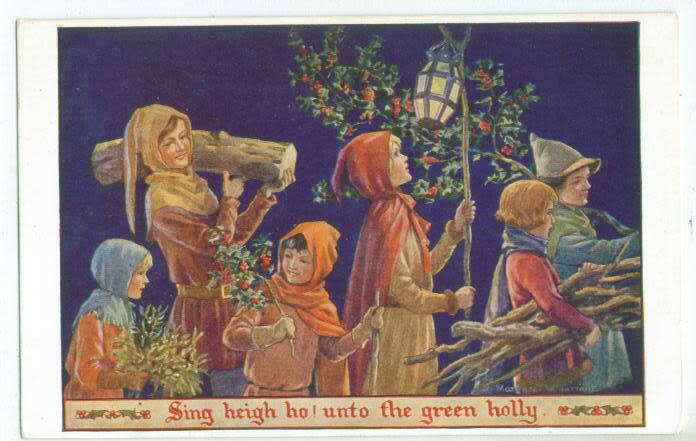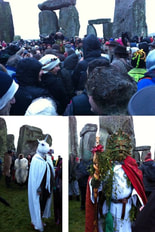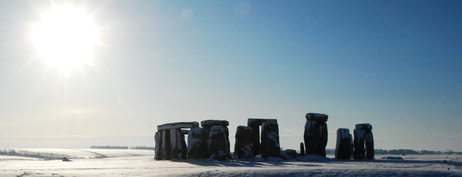The people of the north saw the sun as a wheel that changed the seasons and it is from their word houl that the term Yule comes from.
Stonehenge, often thought of for its Summer Solstice celebrations, is linked to the winter solstice too, many gather as the sun sets right in the middle of three great stones, known as the Trilithon. The Trilithon consists of two large vertical stones supporting a third, horizontal stone across the top. This great Trilithon faces outwards from the center of the monument, with its smooth flat face turned toward the midwinter sun.
What many people will not know, I didn't, is that the primary axes of Stonehenge seem to have been carefully aligned on a sight line pointing to the winter solstice sunset.
In mid-winter, the Norsemen lit bonfires, told stories and drank sweet ale.
The Romans also celebrated the end of the year and the birth of the new with their Suturnalia, a seven-day festival beginning on the 17th December where they brought greenery into their homes, they lit candles, and gave each other presents. Many of these customs are still followed today. They have been incorporated into the Christian and secular celebrations of Christmas.




 RSS Feed
RSS Feed
